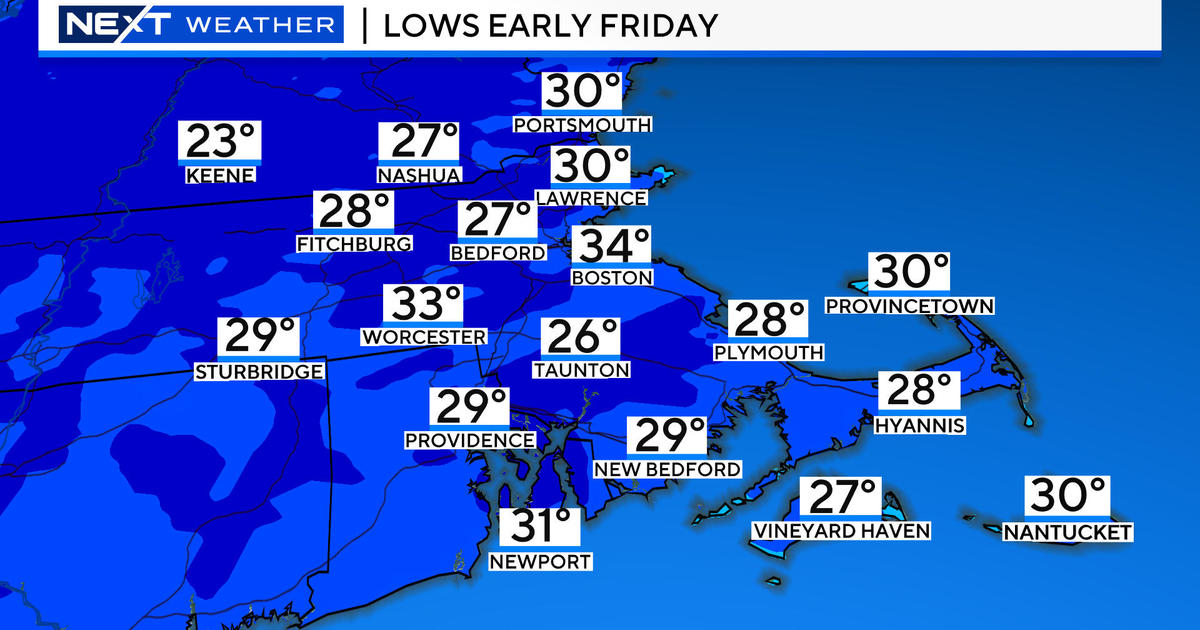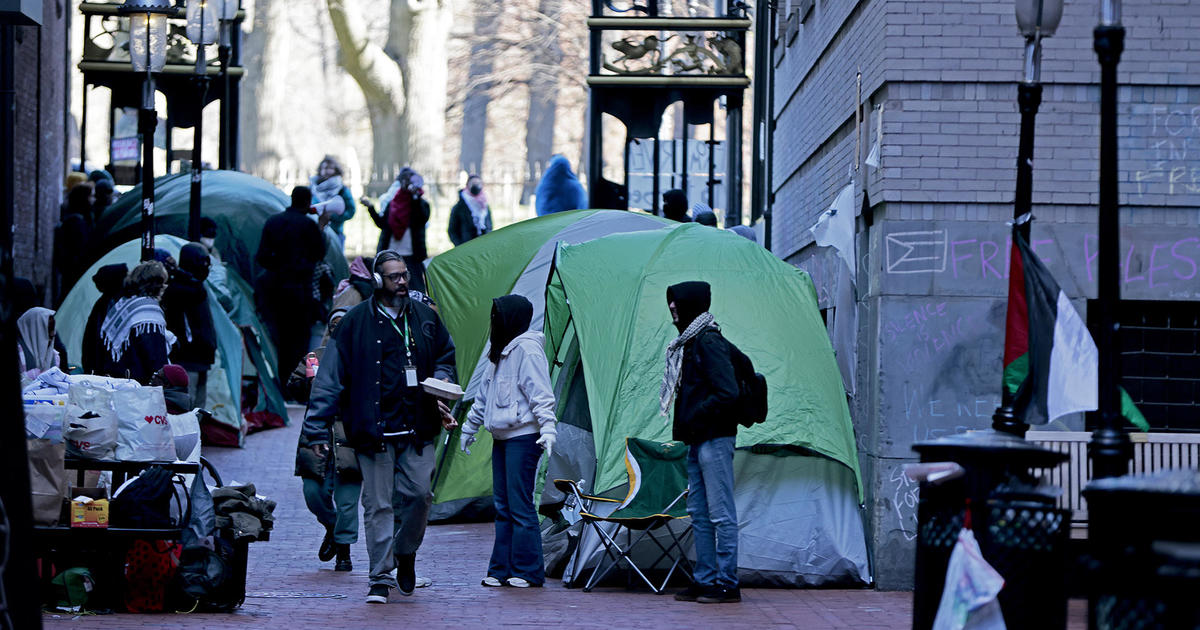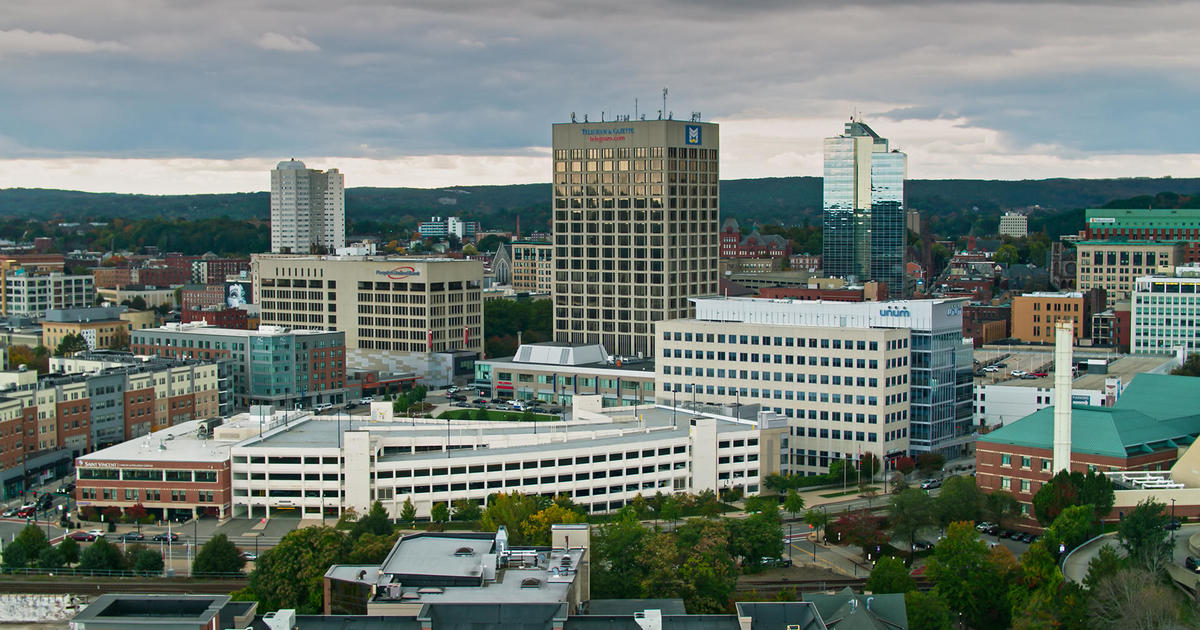Future Of Boston: Changing Weather's Impact On The Skyline
BOSTON (CBS) – WBZ-TV Chief Meteorologist Eric Fisher has been looking into how developers are taking the weather very seriously as they design the buildings of today, and tomorrow.
Storms are nothing new. But their impact is always evolving. The question of what weather is capable of, in some ways, remains unanswered.
"Severe weather events have to be addressed," says Kairos Shen, chief planner with the Boston Redevelopment Authority. He and his colleagues are charged with keeping an eye to the future, which can be challenging in a city with deep roots to the past.
"You notice that even in this building, none of the windows actually operate," Kairos says. "This building is entirely dependent on the fact that there's electricity 100% of the time."
What is old is loved in New England, and retrofitting is a costly challenge. Even still, Kairos says the BRA is seeing more investment in rehabbing tired structures. And the new ones are increasingly forward-thinking.
"One of the good examples that we have is the new Spaulding Rehab Hospital," Kairos says. "They did many of the things that we're talking about."
Robert Brown had a say in that. As managing director of Perkins+Will, he helped design it.
"The most vulnerable part of any building is going to be its infrastructure," Brown says. "The power, the water, electricity, and almost every single one of those things come to a building underground."
So Spaulding went up. The top floors, typically the most valuable, are home to cooling towers, boilers, electrical generators, all with the best view in the house.
On the bottom, already built one-and-a-half feet above 500-year flood level, is a unique design. "The building is designed to assume that water could be up at that level going through that first floor," Brown says.
That water, according to Skanska's VP of Operations, Paul Pedini, is Boston's biggest natural enemy.
"We're getting storm surges and flood levels not just higher than historical levels, but in the case of New York, historically, significantly higher than any past flood," Pedini says.
Pedini says Skanska looks at options like burying critical lines in watertight containers, raising tunnel openings, and placing critical infrastructure well above potential water lines.
But if all else fails, the option is on the table to stop fighting the water, and just live on it instead. Brown's team is eying a potential Charlestown Floatyard. Yep, your home, rising and falling with the tides along Pier 5.
Brown says, "We've got all this water, let's create our own site."
Once you have a design in place for the future, you need the power to run it. That's where Christian Hoepfner comes in. "We are trying to showcase what all of the technologies are which are available how to best combine them in the building as a system," Hoepfner says.
At the Fraunhofer Center for Sustainable Energy Systems, efficiency is on display. Their elevator? Essentially a hybrid car.
"While we will ride down in this elevator, the elevator will recover our energy which we used to bring us up to this floor, and feed it back into the building electrical grid," Hoepfner says.
The floors are alive with efficient radiant heat. "We can switch between heating and cooling depending on the season," he says.
And testing systems that 'speak' to each other. Christian sees the Boston of the future a sea of structures all talking to one another, maximizing the best ways to use precious energy.
MORE LOCAL NEWS FROM CBS BOSTON



